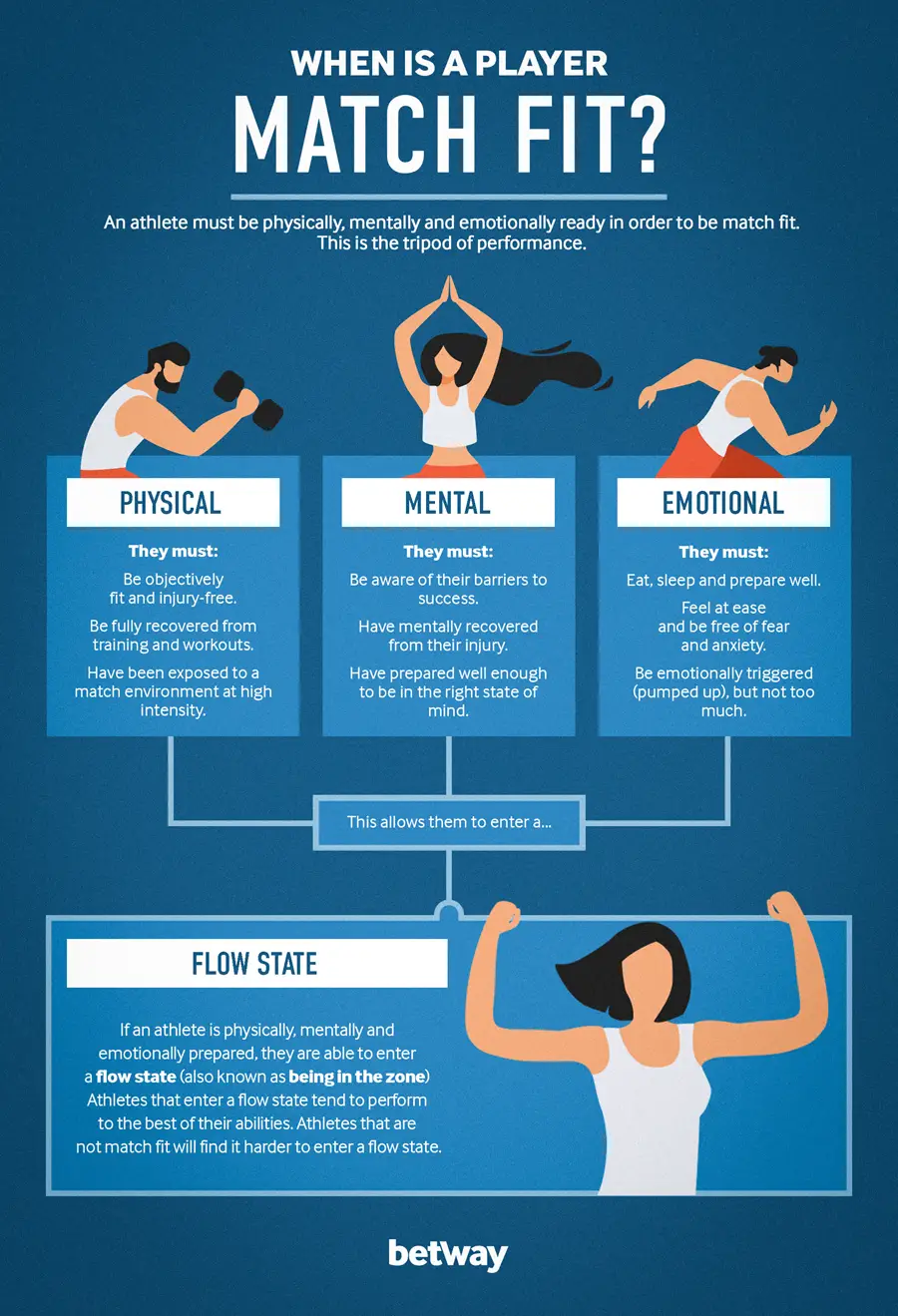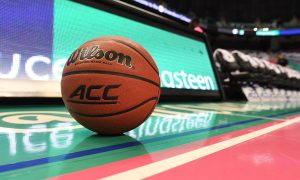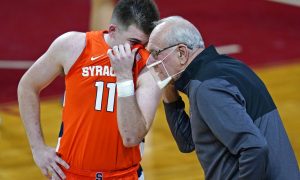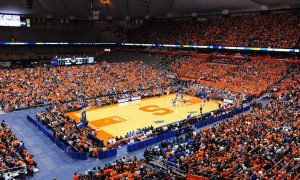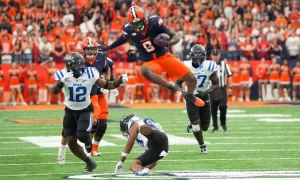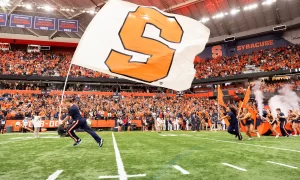Keeping in mind the massive scale and importance of sports around the world (especially put into focus during the pandemic), special attention is paid to the fitness of top players. Athletes aren’t in their normal training routines, yet physical abilities that are crucial for success need to be honed at a moment’s notice.
The characteristics of successful players depend on several factors: technical-tactical, mental, and physiological-physical. Decades ago we didn’t have nearly as much understanding behind the science of sports. But now we use analytics, fitness trackers, and health and wellness markers. All are equally important to identify the differences between a player‚Äôs readiness to compete and so-called game fitness.¬†
“The difference is huge,” explains Ryan Fredericks, a defender of the English Premier League club West Ham. “You can spend as long as you want – years, even – running up and down the pitch or running around cones, but 10 minutes in a Premier League match is 100 times harder than any of that.”
He stresses: “You can’t fake anything on a Premier League pitch. You have to react to so many things – mentally, as well. If you get caught out, you’re stuck.”
Figures of Players During Matches
Tom Brady has rewritten our expectations for playing quarterback. Drew Brees is looking to win a Super Bowl at age 40. These are examples of the new normal in sports. German Bundesliga is back in action, and La Liga and the EPL will follow soon. In modern soccer players achieve these figures during each match:
- Run from 8-12 km (depending on the position in the team).
- Perform only 10% of the total distance run at maximum speed, i.e. sprint (every 90 seconds for 2 to 4 seconds, i.e. up to 3% of effective play).
- Perform 1,000 to 1,400 predominantly short-term activities of high intensity lasting 4 to 6 seconds.
- The heart rate is from 80 to 90% of the maximum and is close to the anaerobic threshold.
- Maximum oxygen consumption ranges from 50 to 75 mL/kg/min.
It has become a very demanding game that requires a high degree of fitness preparedness for its successful execution. And having spent months under quarantine, the body naturally has slowed down. When college sports return, will the players be ready? How long will it take to get them up to speed? And will we see sloppy play to begin the season?
Strength or “Force”
Strength (in some sources also called “force”) can be worked on from home, but you have to have weight training and core muscle programs.
Strength development is the starting point for so many of these players. They must reach an adequate level of strength to be able to adequately meet training goals in the later stages, which are to improve speed, strength, agility, and muscular endurance. Soccer right now gives us the best test cases since its the first team sport back. NASCAR has returned, but it’s a different skill set than players need on the field.
96% of sprints in a soccer match are less than 30 meters, 46% are sprints less than 10 meters, and 1,000 to 1,400 moments are related to muscle strength (rapid changes of direction, jumps, duels, passes, etc.).
‚ÄúThe hard miles in games don‚Äôt really tire you out,‚Äù adds Fredericks. ‚ÄúSprinting up and down isn‚Äôt really what we find hard. The hard stuff is the short bursts of pace when you‚Äôve got to quickly get tight to someone. Nobody can tell you that you’re match fit unless you‚Äôve been in the scenario where you‚Äôre having to struggle in the last 10 minutes and you‚Äôve got to grind out a game.‚Äù
He also says: “That’s when you find out about yourself, not doing runs in training.”
The improvement in strength increases the efficiency of work by 5%, which can further increase the distance run in the game by 1,000 meters. Strength development is especially important for players on defense, but in modern soccer, a number of top strikers need this as well. It’s also essential for the prevention of injuries. If players under quarantine allow their bodies to decline, how many more injuries will we see?
Power = Force + Speed
Power, as a product of force and speed, is the most important ability to succeed in many sports.
Agility as Most Exploited Ability
Is Readiness for Sports the Same as Fitness? Agility is the ability to quickly change the direction of movement. Players who have developed agility at a high level are able to effectively use their technical abilities in the game. Baseball will likely come back. The NBA may play at Disney in a campus environment. The Stanley Cup is likely to return with two pod cities. And college football seems to be on track in most places, but maybe without fans. All of these players need to keep in mind fitness and readiness if sports are to look the same when it comes back.


